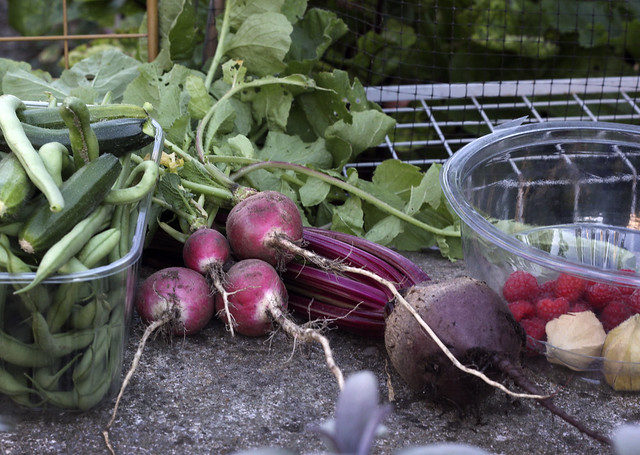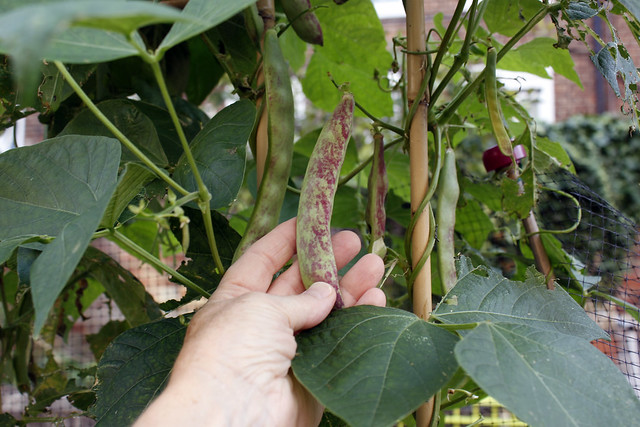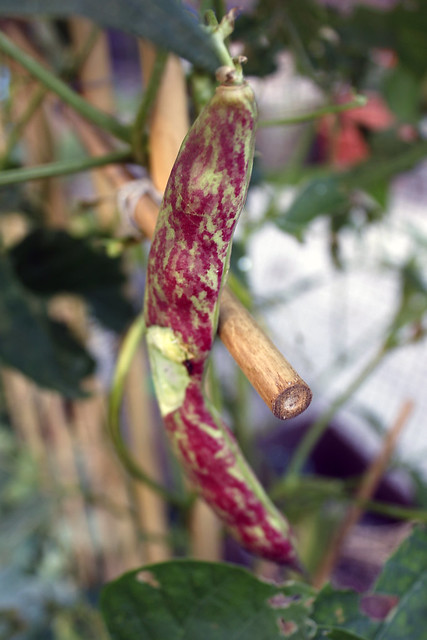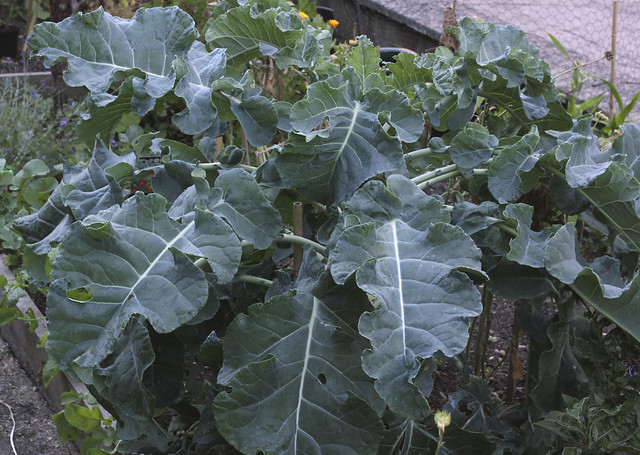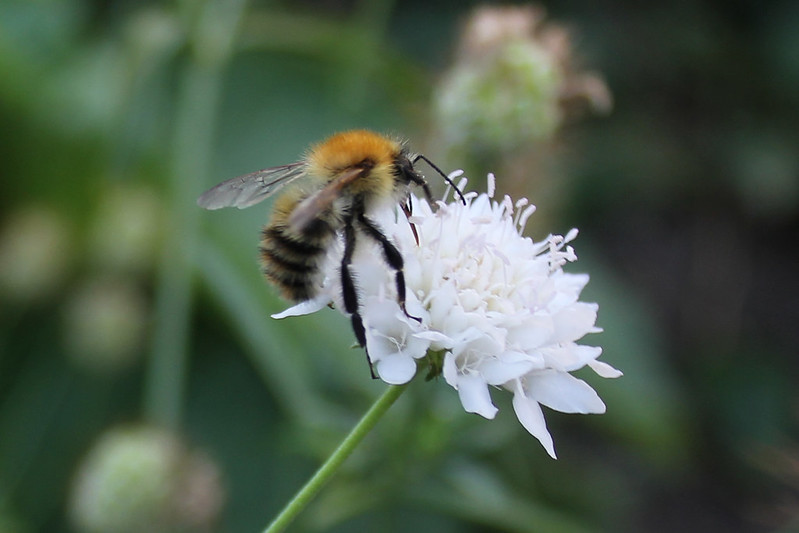I often forget to sow sweet peas, either completely or until it's rather too late but, last winter, I remembered. In an exercise to rid my seedbox of outdated seeds, I came across a random selection of sweet pea seeds. A few were odd seeds at the bottom of the packet, others were facing or past their best before date (not that that seems to matter much). With all these leftovers, I reckoned that I'd nothing to lose with a December sowing; after all, it wouldn't matter if they didn't germinate or grow as there would be time in the spring to sow again with fresh seed.
Contrary to my expectations, they did grow and I picked my first bunch for an Instagram photo on 5th June. All through June, July and August I enjoyed the heady evening scent of prolific sweet peas in the garden. I couldn't believe that they would flower for 3 months from one sowing and I became determined that they'd still be flowering at the end of August. That involved a lot of deadheading, let me tell you!
 | |
|
By the first week in September I was ready to let them finish their botanical journey and make seedpods so I stopped deadheading. By mid-September I found a dried seed pod among the still blooming stems ... and today, the last day of September, I picked the last tiny bunch of flowers. Four months of flowers! Incredible. (At least that's the way it seems to me. Is this lengthy flowering usual?) I'd like to claim that it was my prowess as a gardener that achieved this (hohoho) but, realistically, I like to think anyone could do the same. There are a few key points however and this is what I did:
1. Start your seedlings early. Sweet peas for next year can be sown at any time now and left in a sheltered place, eg, cold frame, greenhouse or cloche. Depending on your location and the weather, they may need additional protection if the winter is harsh and you're growing north of, say, Milton Keynes. (Mine survived last year's relatively mild winter on my balcony with no added protection. This year I think I'll put them in my friend's greenhouse.)
2. Sow into deep pots. I put 3 or 4 seeds into each 10cm diameter deep pot (deep root trainers are also ideal) and placed the pots on a shelf on my tiny sheltered balcony. Amazingly, I had 80 - 100% germination in each pot and, bar a tiny amount of watering, largely left the seedlings to get on with it.
3. Keep an eye on the plants. By February I needed to pinch out the tops to stop them getting leggy. My balcony is part shaded on three sides so the plants had a tendency to grow towards the light. Pinching out the tops above the first four sets of true leaves also helps the plants to bush out.
4. Plant out from mid-April (if possible). I had other distractions so mine went outside in early May. I planted the seedlings without separating them to minimise root disturbance. At four to a pot that's not ideal but they had plenty of room to grow once planted; each cluster of seedlings was about 40cm from its neighbour. I added a small amount of blood, fish and bone to the planting holes, mixed this in with the soil and bunged the whole potful of seedlings into the prepared hole. Each plant was tied in to the prepared trellis and the row watered well.
5. Water, water, water. I made sure to prioritise watering the sweet peas so that the soil stayed moist. I also gave them a very occasional boost with some diluted home-made comfrey feed. And I tried to aim for the roots to keep the leaves dry. (The wet spring/summer helped as well, I'm sure.)
6. Support and encourage. I tied them in as they grew (actually, it was my neighbour who helps who did that) and we both kept on top of regular deadheading and watering. As soon as the each bloom started to fade, it were cut back to the base of its stem to encourage more flowers.
7. Label and save. As these plants did so well, I'm keen to save the seed for next year. The plants tended to twine around and through each other as they grew up the trellis. Stupidly, I didn't label the stems so, now that I'm saving the seed pods, I have no idea which sweet pea I'll get when I sow those seeds - it will be a nice surprise!
I had some beautiful variations in the flowers as the summer wore on and suspect this might be due to cross pollination. Has anyone else found this? In a one and a half metre row, I was growing purple/black, white, lavender, pale pink plus shades of bright pink and shades of purple (Chiltern Seeds 'Summer Sizzler' and 'Flamenco Mix', my favourites and sent to me by the very kind Flighty). I'm hoping that those variations will appear in next year's flowers because the challenge now is to sow the seeds that I've saved and see if I can create a repeat performance.
Update: I forgot to mention that all but the very dark flowers had ridiculously long stems as well - so long that I got the tape measure out more than once - and the longest was 16" !!
How did everyone else do with their sweet peas this year? Did my plants do well or was this a universal trend? And who's started next year's annuals off already? (I have to do mine this weekend!)
 |
| ~ a few photos taken in August ~ |








